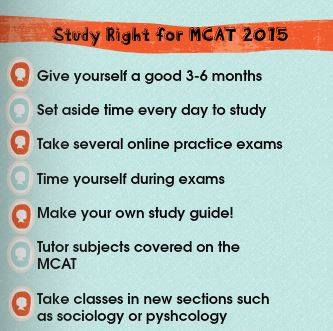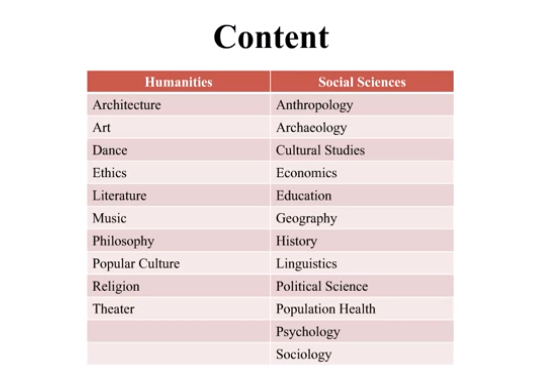Applying to med school is a long, trying process and while your probably stressing out already taking the new MCAT soon, it’s time to start thinking about your application too! If you’re currently studying to tackle the new MCAT 2015, you’re most likely planning on applying to enter med school in the Fall 2016.
Which means… RIGHT NOW is the time to be making the connections and developing relationships with future letters of recommendation writers!
You CAN’T just go around asking like this: “I’m great! Write about it!” *self-five*

So here’s the lowdown letters of rec:
Who to Ask?
Professors are bombarded with students asking for letters so the key is to ask the people who know you best in order to get the best letters. This is the time to be making nice with future potential letter writers and develop the kind relationships that make for compelling letters.
Basically you are recruiting for your med school application team, so choose them wisely!
Schools sometimes ask for specific letter writers (like one from a professor, one from an employer, etc.) so research your potential med schools’ requirements and plan accordingly.
Ask In Person.
Everyone really harps on this, as they should! You can set up an initial meeting through email to discuss the possibly of them writing a letter for you but you shouldn’t ask outright over the internet; that’s an in person question! Plus what’s that saying, “it’s harder to say no to someone in person”, right?
Ask Early.
As mentioned before professors are getting flooded with requests and you want a good letter not a rushed one! The absolute least amount of time is three weeks to ask for a good letter.
Go Asking Prepared.
This last tip will really set you apart from what could be many letter of recommendation a professor has to write. Go to your letter writers with all the materials they may need when writing a beautiful letter about you. These things can include your resume, CV, and at least a draft or bullet points from your personal statement. You want to set them up and make it easy for them to write a great letter so they can get a feel for exactly what you’re going for your application.
With these things in mind go forth and prosper setting yourself up for the best letters of recommendation possible! P.S. If you’re still stressing about that new MCAT fast approaching, practice and ace it with MCAT Cracker of course!








